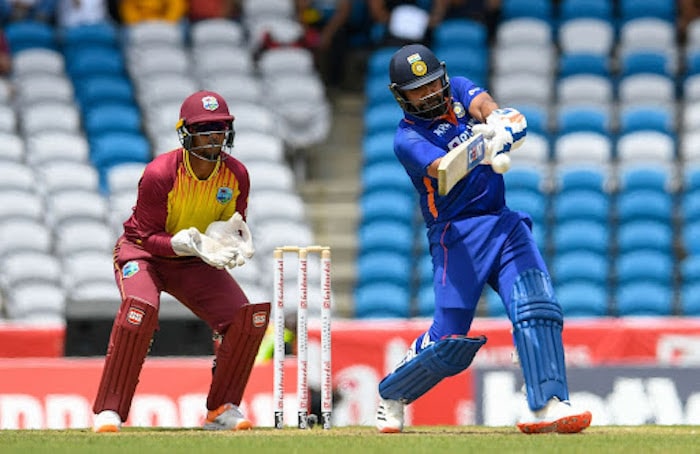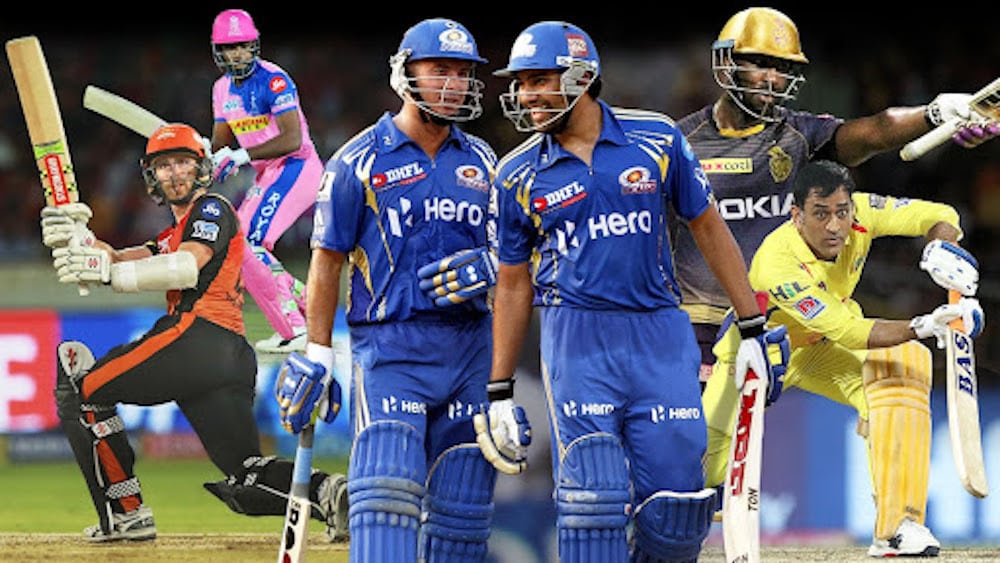Table of Contents
Cricket – from a game of colonialism to popular entertainment for ordinary people and celebrities
On October 16 in Australia, cricket begins its World Twenty20 Championship (a commercial format with fixed hours of play to make it easier to broadcast the matches on TV).
Most Europeans are unlikely to have heard of the competition or the sport. However, this does not prevent it from being the second most popular sport in the world after soccer. You can watch cricket matches on websites like cricketbetting10.in or state television. For example, 1.6 billion people watched the 2019 World Cup in classic cricket, while the last T20 championship in 2016 was watched by 820 million people in India alone.
Millions also enjoy it in Pakistan, Bangladesh, Australia, South Africa, and several other countries once part of the British colonial empire. The sport is gaining popularity not only among ordinary fans but also among celebrities. True, for the time being, for the most part, among Asian people.
However, in absolute numbers, most cricket fans live in India. We will tell you how the game of the invading colonizers won the hearts of enslaved Indians and why it still enjoys popularity.
Cricket and Politics
Cricket’s cultural expansion eventually had the opposite result. Millions of Indians loved the game. It was played on the streets of cities and in educational institutions. In particular, Mahatma Gandhi, the leading ideologue of India’s independence movement, played cricket during his school years.
However, this did not help to strengthen the colony’s ties with the metropolis. On the contrary, the Bombay Quadrilateral tournament enabled the local population to compete with the colonizers on an equal footing. Whereas local clubs mostly lost when they faced professional teams from England, in Bombay, they increasingly defeated the Europeans yearly. So it is unsurprising that the independence movement leaders had nothing against the game. However, politics still did not bypass cricket.
- Thus, three days of unrest broke out in 1921 during a visit to the Bombay tournament of the Prince of Wales (the future King Edward VIII).
- In 1930-1934, the tournament was not held at all because of nationwide civil disobedience actions initiated by Gandhi.
- Moreover, in the 1930s, the Indian National Congress Party opposed the format of the Bombay championship as perpetuating India’s confessional fragmentation. It demanded teams based on geography participate in the competition instead of Parsis, Hindus, and Muslims. In contrast, another influential party, the Muslim League, favored the old format because it confirmed the existence of a separate Muslim nation in India.
As a result, in 1934, the country organized an alternative cricket championship based on geography, the Ranji Trophy. Competitions were also held in Bombay but began to draw fewer and fewer spectators and were held for the last time in 1946. The following year India and Pakistan, two countries formed from the division of the colony of British India, gained independence.
Cricket today
After India and Pakistan gained independence, the love of cricket has not only stayed with them but has become a manifestation of national self-expression. In 1971, the Indian team defeated England for the first time in their homeland, and in 1983, they won the World Cup in London. Both victories were seen as national triumphs. Pakistanis rejoiced in the same way on October 24, 2021, when they defeated India for the first time in T20 Championship history.
India is successful in international competitions and has turned cricket into a multi-billion dollar industry. Established in 2008, the Indian Premier League (IPL), which follows the T20 rules, is increasing, with matches being watched in many South Asian countries. Here are just a few numbers. In 2020, international consulting firm Duff & Phelps valued the IPL brand at $6.1 billion. In 2017, media group Star India bought the rights to broadcast IPL matches for $2.55 billion over five years. And with the latest, this month, the Cricket Control Board of India sold the rights to organize two new teams for $1.6 billion. Not surprisingly, during a 2017 visit to India, U.S. President Donald Trump chose Ahmedabad Cricket Stadium, the largest stadium in the world, which can hold 132,000 spectators, for his public address.
Scandals of Cricket
In 2010, the Pakistani team traveled to London, where they were to play the English. The Lord’s Cricket Ground is a mecca for cricket fans (a la Camp Nou or Old Trafford in soccer). Pakistan and England lead the world in cricket, along with Australia, Sri Lanka, and India.
During the game, Pakistan’s leader Mohammad Amir twice made the mistake of stepping out of bounds while throwing the ball. The rule is called “No Ball,” and the opponent gets the point for breaking it. Another player, Mohammad Asif, made the same mistake.
It was a scam orchestrated by Salman Butt, the captain of Pakistan’s national team. In exchange for a bounty, he agreed to forfeit the game. Butt was offered the money by a local journalist who posed as a bookie. The whole situation was nothing more than a fishing expedition. An investigation into the match-fixing began. The scandal shocked the entire cricket world, just as it had shocked European soccer after Calcopoli.
All three players were put on trial in 2011. They were each suspended from cricket for ten years, but the suspension was later reduced to five years. Butt and Asif received sentences of 2.5 years and a year in prison, respectively. In 2016, all of the culprits returned to cricket.
“No match in cricket is fair.”
It is just one of many cases where a rigged match has been revealed in cricket. Indian bookmaker Sanjeev Chawla is the godfather of all match-fixing. In the late 1990s, he organized several rigged games in India, but after the local authorities hunted him, he fled to England. From there, Chawla continued to “work.”
In February 2020, Sanjeev was extradited to India, where he was charged. Chawla said he was involved in organizing match-fixing, but now cricket has a whole network of black bookmakers: “If I tell you anything, they will kill me wherever I am.” In March, the woeful bookie was released on bail for lack of evidence.

Now Sri Lanka and Pakistan are investigating.
Dullas Alagapperuma, Sri Lanka’s sports minister, said this week that the International Cricket Federation is investigating. But, according to him, the Lankan players are under suspicion: “We regret that our sport has lacked discipline and integrity.”
Waseem Akram, one of the best cricketers in Pakistan’s history, is also suspected of match-fixing. His former teammates Akib Javed and Amir Sohail leaked information about him. Javed said Akram used his status to intimidate teammates: “If I didn’t agree to participate in match-fixing, I would have been kicked out of the team.
Akram’s career is nearly 20 years over, and he now works as a commentator: “People use my name to promote themselves. Nevertheless, Wasim is not so sinless – in 2000, he was disqualified for participating in match-fixing, and now only new details are surfacing.
In 2014-2015, world soccer stars Robert Pires, Nicolas Anelka, Freddy Junberg, and Diego Forlan came to India. They tried to raise the level of soccer in the country, but it seems that soccer is not needed in India and neighboring countries. Of course, who can refuse the usual cricket, where passions are as strong as in Indian movies?


